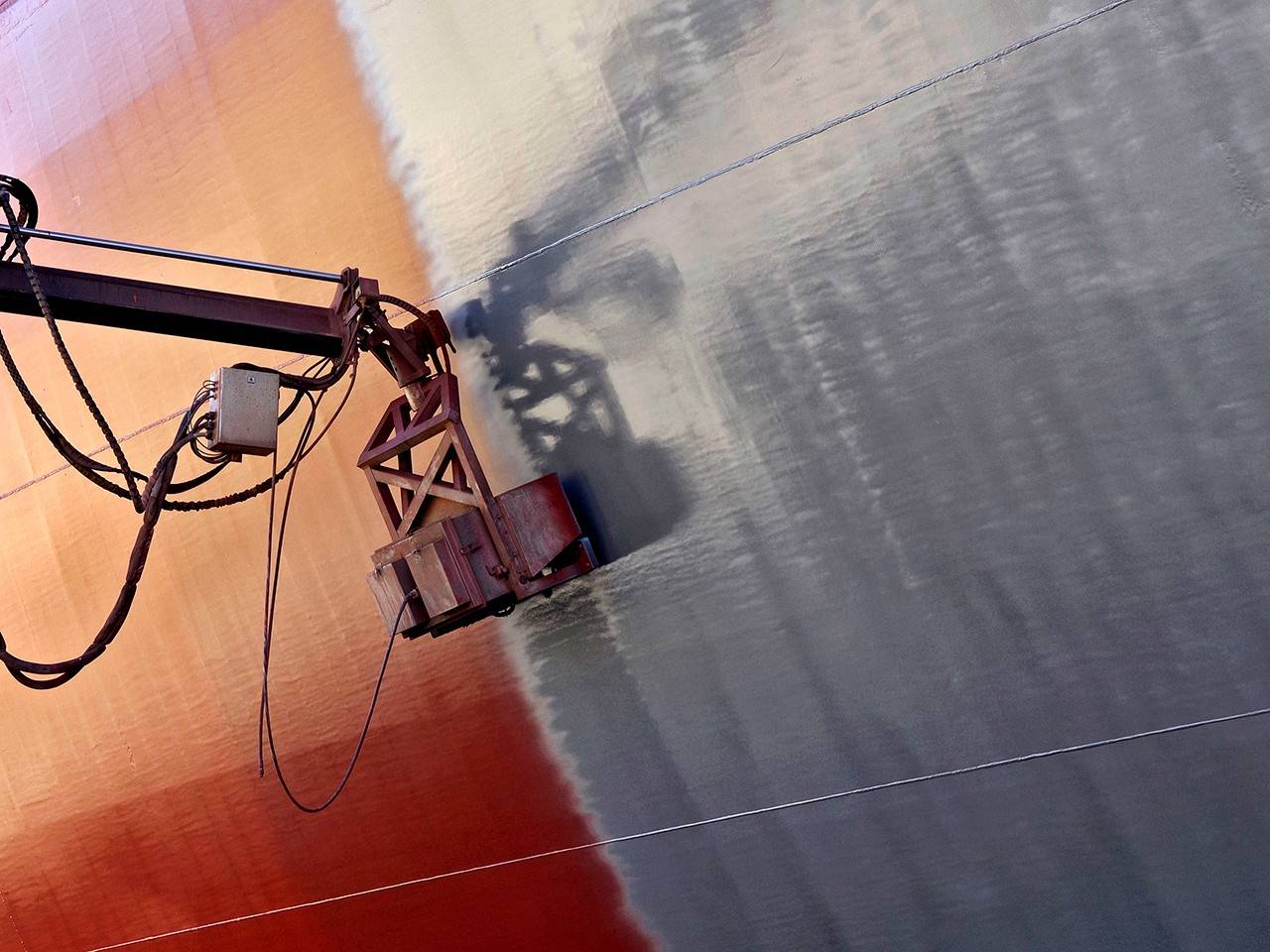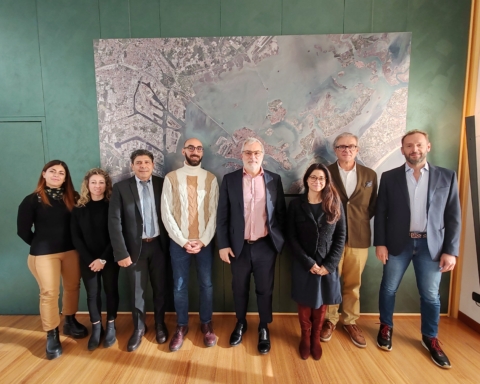There is obviously a big difference between the pictures of the young Filipino who had fallen from a height of 30 metres while he was carrying out cleaning work on the side of a cruise ship berthed in Livorno, and the photo of robots intent on removing old layers of paint from the hull of a containership in a shipyard for maintenance.
It is impossible not to think of how, thanks to the use of technology, that tragic death could perhaps have been avoided. For some time now, we have been witnessing an epoch-making change on the quayside, with traditional manual work increasingly replaced by automated processes. Remote-controlled stacking cranes, digitally enabled services and forklift trucks driven by a single control centre are now the order of the day.
For example,Hapag Lloyd is testing the new HTC (Hull Treatment Carrier) paint system developed by Austrian manufacturer Hubert Palfinger (the same person that another German company, Hamburg Sud recently decided to collaborate with) on nine ships. It consists of several automated units that travel along the side of the ship’s hull. Their task is to remove the old layers of paint from the hull at an extremely high water-pressure and then to repaint the ship from scratch.
According to the company’s announcement, the HTC system heads can reach up to 77% of the approximately 9,300 square meters of surface area per ship and apply approximately 600-800 square meters of paint per hour, which means that it only takes a few hours for a single coat of paint.
Only by removing the original paint (and, therefore, also the incrustations) is it possible to reduce the overspray to a minimum, i.e. the paint mist that makes the surface of the ship rough, drastically increasing its aerodynamic resistance. Reducing the latter is important because it means reducing fuel consumption, as Hapag engineer Lloyd Jan-Evan Lütje explains: “We can guarantee a certain level of quality with eco-sustainable automated application systems. The performance indicators show that a smoother surface means less fuel consumption.
“The costs of fouling are often underestimated,” says Lodewijk Middelburg, sales director of Fleet Cleaner, one of the first companies in the world to test innovative automated ship-cleaning systems in Europe. “Based on our experience, we have found that thanks to the use of hull cleaning robots, a 350-metre container can save around 14 tonnes of fuel every day. Keeping a ship clean with this technology can reduce as much CO2 as 10,000 cars.
Now think of the case of the Filipino worker cleaning the windows of the cruise ship. Operations outside the ship are always risky and can even end tragically if not all appropriate safety measures are taken. But this does not mean that a robot cannot perform the same activity more efficiently and safely, thus freeing the “human” workforce for other, perhaps more qualified, types of work.
Perhaps it is worth considering automation as a social achievement that improves both the quality of life of workers and their productivity. Livia Spera, Port Secretary of the European Transport Workers’ Federation,r ightly pointed out in Port News that “technology is not our enemy. Our enemies are those who, in the name of progress, authorize forms of professional de-skilling of workers “.
The real challenge is therefore the ability to govern and regulate these development processes. Training can be the winning card to better manage the phenomena of automation and prevent workers from always paying the price for it
Many manual jobs are destined to disappear because of the introduction of robots, but it is equally true that other, more specialized jobs can be created.
The future is already here and the key to it will be adaptability, because in the global market everything is constantly changing, and this especially applies to shipping.
Translation by Giles Foster




